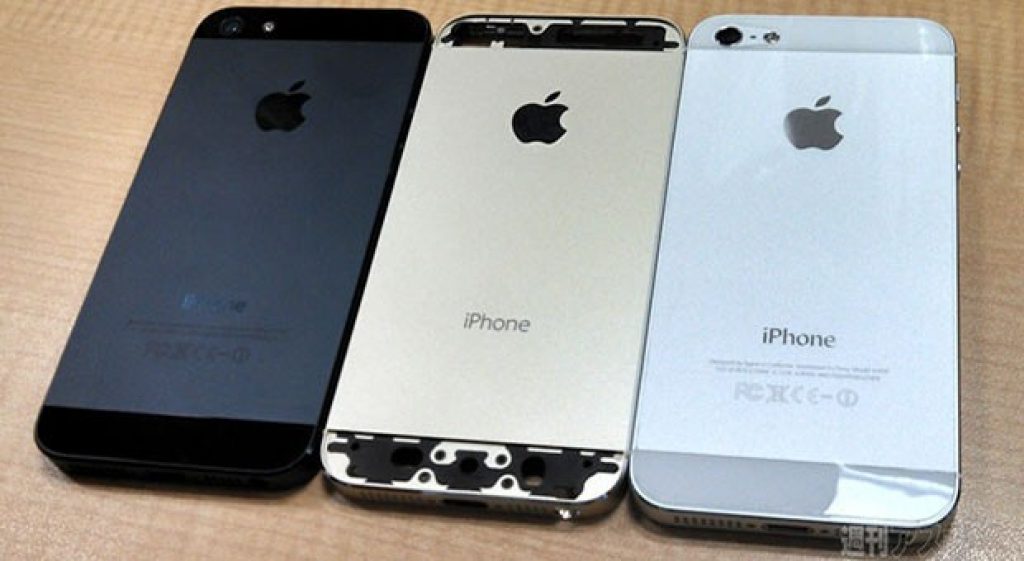As I suspect a notable percentage of you already realize, Apple earlier this month unveiled its latest iPhone 5C and 5S cellular handsets, both of which went on sale last week. The iPhone 5C expands the number of LTE wireless channels supported by its iPhone 5 predecessor but is otherwise functionally identical; it's notable primarily for the lower-cost (at least to Apple) and colorful array of plastic packaging options it comes in.
The iPhone 5S, on the other hand, represents a more notable advancement. Discounting the additional (and deprecated…goodbye, white) colors it comes in versus the iPhone 5, it embeds a biometric capacitive fingerprint sensor. The M7 coprocessor directly manages the handset's array of motion and location sensors. And, more germane to a vision processing discussion, both the iPhone 5S's application processor and camera subsystem have substantially evolved. The A7 CPU is now 64-bit-cognizant, along with embedding an improved GPU and image processor. Befitting Apple's vertically oriented nature, both the iO7 operating system and Apple-developed applications are already 64-bit-enhanced.
Although the iPhone 5S's front- and rear-mounted cameras' resolutions, respectively 1.2 and 8 Mpixels, match those of the iPhone 5, the latter sensor's larger 1.5 micron pixel pitch leads to a 15% larger sensor than that in the iPhone 5. The benefit here, as previously discussed on the Alliance website, is improved low-light performance. Commensurate with the sensor enhancement, the optics subsystem now supports an f2.2 maximum aperture. And when supplemental illumination is still necessary, the iPhone 5S delivers improvements as well; it includes both white and amber LEDs and adjusts the overall intensity and relative proportion of each used for each shot in aspiring to optimize color temperature and accuracy. Check out the sample photos to see the touted results.
Perhaps not surprisingly, and as with the iPhone 5, enhancements to still and video image capture capabilities therefore dominate the iPhone 5S marketing pitch. Quoting from Apple's website, for example, "continuous burst mode lets you capture multiple shots of the action by snapping 10 photos per second. And real-time analysis suggests individual shots or a sequence of photos that you might like best." Then there's "auto image stabilization," (digital, I'll note, not optical), which "kicks in when you need it to help reduce noise and motion from shaky hands or moving subjects." And "live video zoom," which "lets you get up close with just a pinch. You can zoom in — up to 3x — on whatever you’re recording while you’re recording."
The last touted enhancement is perhaps the most eye-catching of all. "Slow-motion video" enables you to "shoot video at 120 frames per second at 720p and play back any section at quarter speed for a dramatic effect. Then share it with friends for mass appeal." Unsurprisingly, numerous examples of video clips captured using this mode started showing up on the Internet shortly after Apple Stores opened for business last Friday. The below example is one of the best I've encountered so far:
Pretty amazing, eh? Here's hoping that Apple opens up the full range (or at least a sufficient percentage) of the iPhone 5S's camera and processor capabilities to third-party developer access, for subsequent embedded vision application benefit.


